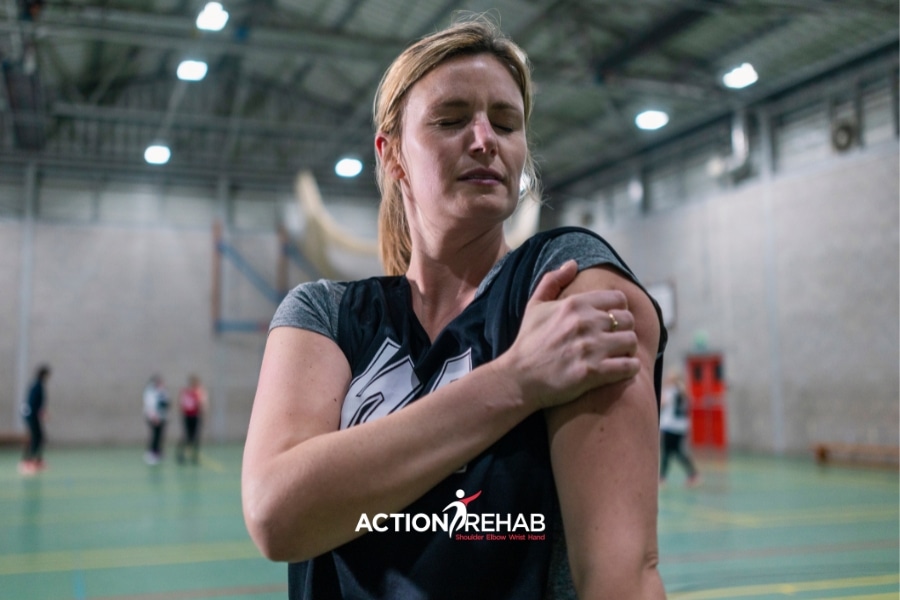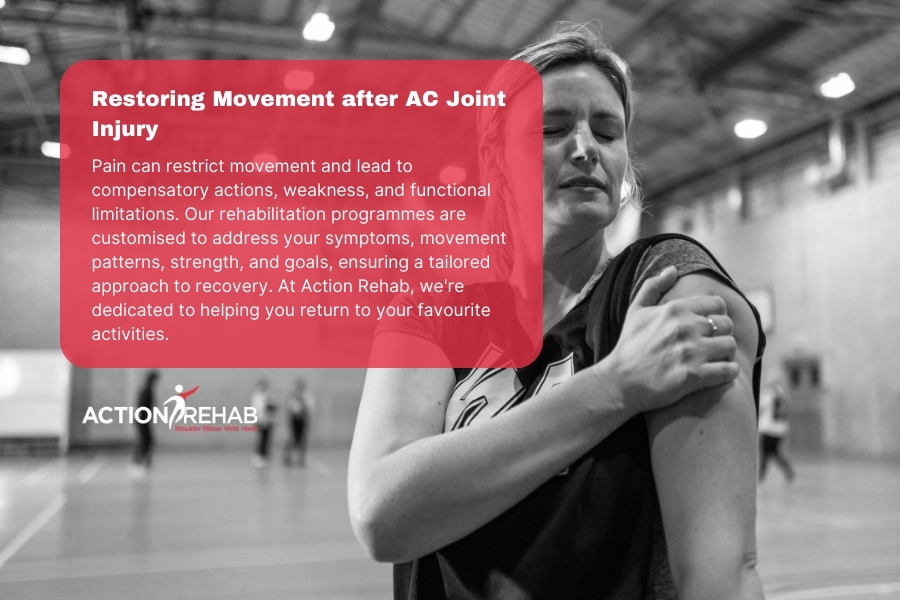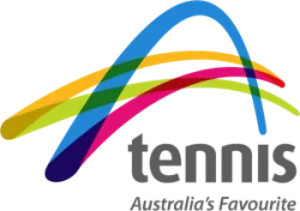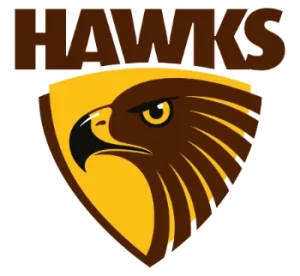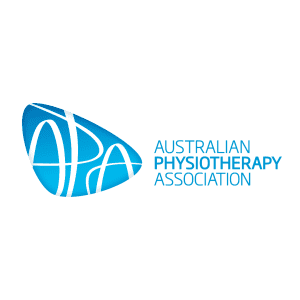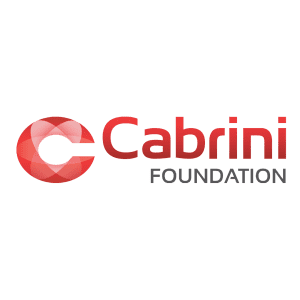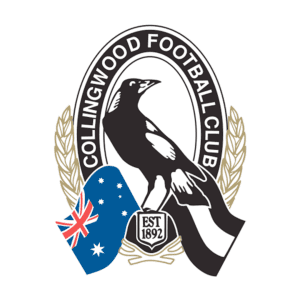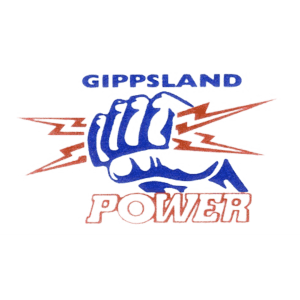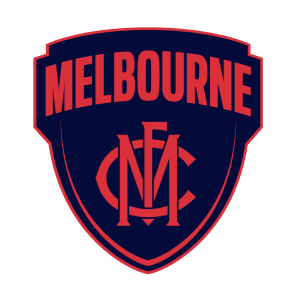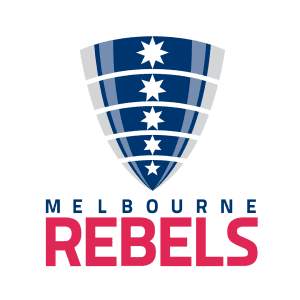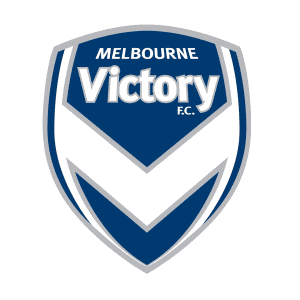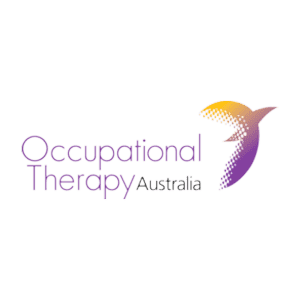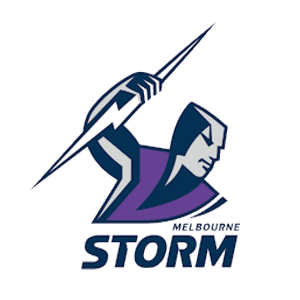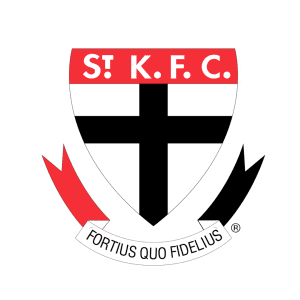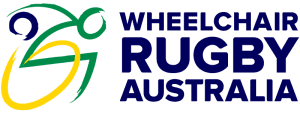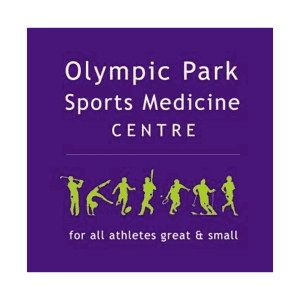What is Acromioclavicular Joint Injuries
Acromioclavicular (AC) injuries commonly occur when you fall directly onto your shoulder with your arm close to or crossed over your body. It can happen in while playing sport (tackling in football, stacking it off a snowboard) or from larger accidents such as falling off your bike and car accidents.
Exploring AC Joint Separation
Your collarbone and shoulder blade articulate together at the AC joint, and several ligaments (the coracoclavicular and acromioclavicular ligaments) help stabilise the joint. These ligaments are susceptible to injury and, when sprained or torn, can cause the joint to separate. The separation creates a bulge between your shoulder and your collarbone, often called a step deformity.
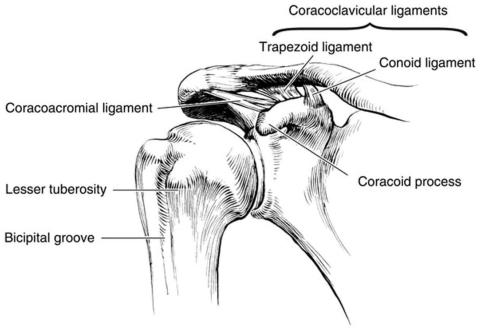
Figure 1 – Acromioclavicular ligaments from Frank & Cotter et. al. (2019)
The Rockwood Classification System
The Rockwood Classification system of AC joint injuries describes the severity and the degree of displacement between the collarbone and shoulder blade.
| Type | AC ligaments | CC ligaments | Deltotrapezial fascia | CC distance increase |
| I | Sprained | Intact | Intact | Normal |
| II | Torn | Sprained | Intact | <25% |
| III | Torn | Torn | Disrupted | 25-100% |
| IV | Torn | Torn | Disrupted | Increased |
| V | Torn | Torn | Disrupted | >100% |
| VI | Torn | Torn | Disrupted | Decreased |
Table 1 – Rockwood Classification of Acromioclavicular Injury from Deans & Gentile et.al. (2019)
AC Joint Injury Management
While the ligaments themselves play a role in static stability, your muscles play a role in providing dynamic stability. Low-grade (Type I-III) AC joint injuries can typically be managed conservatively, whereas high-grade (III-VI) injuries usually require surgical interventions. There is ongoing debate as to the ideal treatment for type III AC joint injuries. In particular, AC joint injuries can remain irritable for the overhead athlete, and it is imperative to get an accurate and early diagnosis for appropriate treatment.
Addressing Pain and Restoring Movement with Action Rehab
Pain often limits our ability to move freely and, as a result, can lead to compensatory movements, weakness and functional deficits. Therefore, your rehabilitation program should be tailored to you, considering your symptoms, movement patterns, strength and goals. We at Action Rehab can work with you to get you back to what you enjoy doing most.
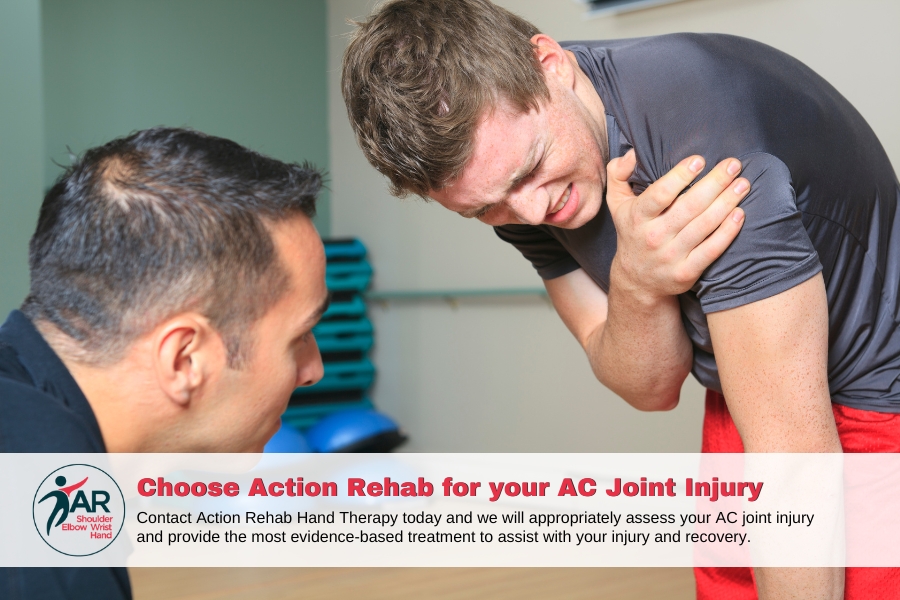
—
References
- Deans, C. F., Gentile, J. M., & Tao, M. A. (2019). Acromioclavicular joint injuries in overhead athletes: a concise review of injury mechanisms, treatment options, and outcomes. Current reviews in musculoskeletal medicine, 12(2), 80–86. https://doi.org/10.1007/s12178-019-09542-w
- Frank RM, Cotter EJ, Leroux TS, Romeo AA. Acromioclavicular Joint Injuries: Evidence-based Treatment. J Am Acad Orthop Surg. 2019 Sep 1;27(17):e775-e788. doi: 10.5435/JAAOS-D-17-00105.
- LeVasseur, M. R., Mancini, M. R., Berthold, D. P., Cusano, A., McCann, G. P., Cote, M. P., Gomlinski, G., & Mazzocca, A. D. (2021). Acromioclavicular Joint Injuries: Effective Rehabilitation. Open access journal of sports medicine, 12, 73–85. https://doi.org/10.2147/OAJSM.S244283


